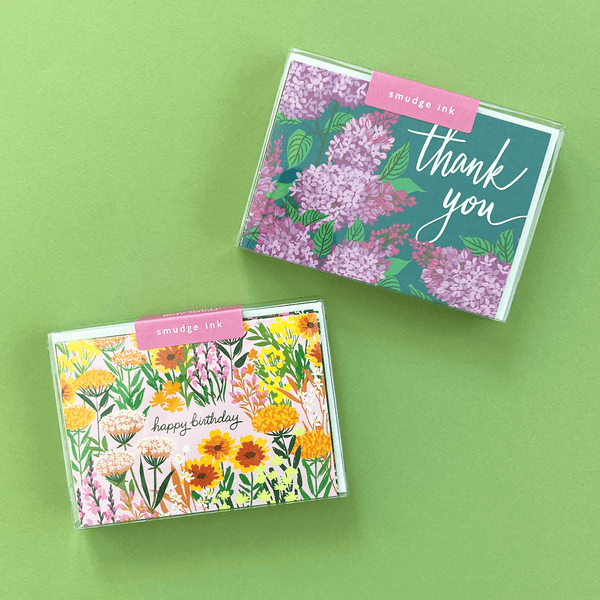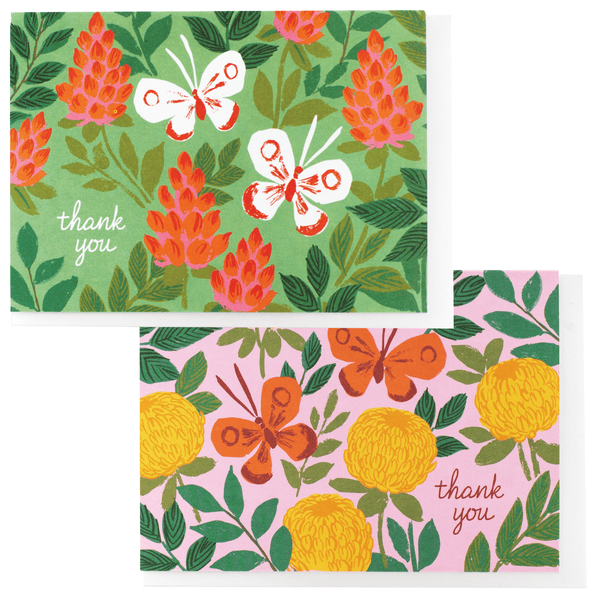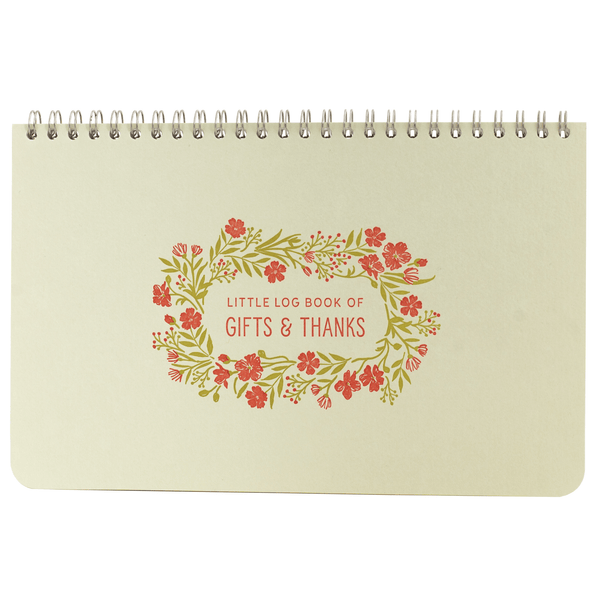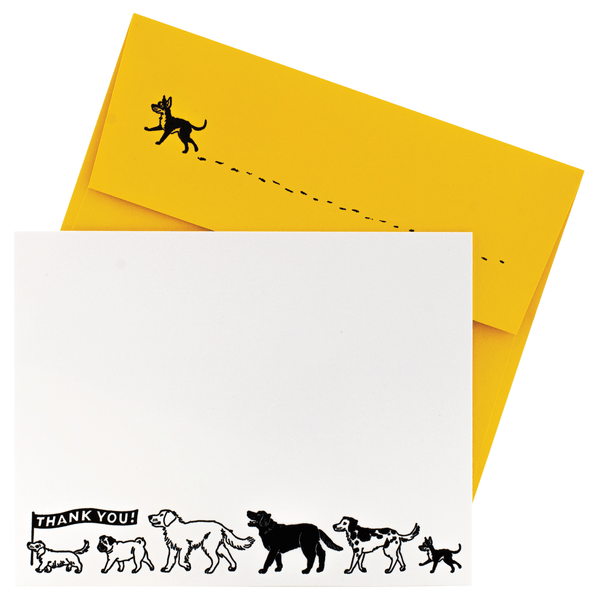Etiquette & Wording
How you choose to word your invitations can set the tone for your event. Observing formal standards or taking a more casual approach will inform guests about what to expect on your big day. Let your personality shine and have fun with the process! Best wishes!
Save the Date Etiquette
When should I notify my guests?
6-8 months prior
for a local wedding
Up to one year prior
for a destination wedding

reminder: firm up your guest list!
Any guest who receives a save the date must also get an invitation. Therefore it’s important that your guest list is firm before sending these out! Also, you are not obligated to send a save the date to every potential guest if you anticipate changes.
Still have questions?
Our free Wedding Stationery Etiquette & Wording Guide provides detailed information on Save The Date etiquette PLUS wording examples!
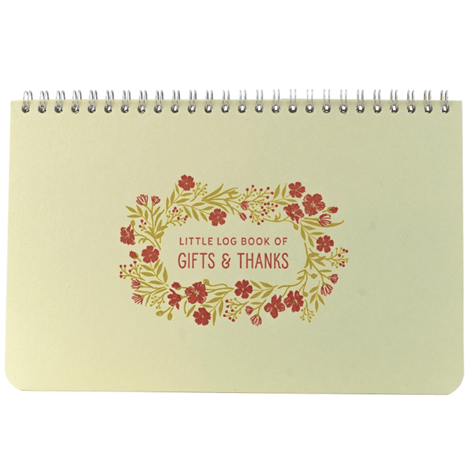
Attitude of gratitude
Wedding Invitation Etiquette
When should I mail my invitations?
8 weeks prior
for a local wedding
10-12 weeks prior
for destination weddings
WEDDING INVITATION wording
- → Host Line: Usually indicates who is hosting (and paying for) the wedding. While this was traditionally the bride’s parents, nowadays a range of hosts might be included. In the examples below, you’ll find specific wording options based on different hosting scenarios.
- → Request Line: Varies according to where the wedding ceremony is being held. The phrase ‘request the honor/honour of your presence’ is used for religious ceremonies held in a church, temple, or another place of worship. Either the American or British (with a ‘u’) version is acceptable. For non-religious venues, it is appropriate to say ‘request the pleasure of your company.’ For less formal or non-traditional weddings, choose wording that best fits your event.
- → Bride & Groom Lines: The names of the bride and groom are presented on separate lines. If the bride’s parents are in the host line above and the bride shares the last name, it is not repeated. Formal invitations refer to the groom by his full name, preceded by his title.
- → Date & Time Lines: Spell out numbers for the time and date on formal invitations. It is proper to say “o’clock” and “half after” (not “half past”) to indicate the time. Designating the time of day with “in the morning/evening” is helpful if the wedding is held at 8, 9, or 10 o’clock otherwise it is optional. Any time from 6 pm or later is considered evening.
- → Location Lines: The venue, city, and state are written out in full with no abbreviations. The street address is unnecessary unless the wedding is taking place at a site that is not well known (e.g., private residence). The ZIP code should not be listed.
- → Reception Line: If your reception will be held in the same location as your ceremony, you can simply state ‘reception to follow’ or ‘dinner and dancing to follow’ on the last line of the invitation. When the reception is held elsewhere, formal invitations include the reception information on a separate card.
- → Attire: If the style of dress is important to note for your guests (e.g. black tie) you can add a line regarding attire to the lower right corner of the invitation or reception card.
Looking for examples?
Our free Wedding Stationery Etiquette & Wording Guide includes wording examples galore!
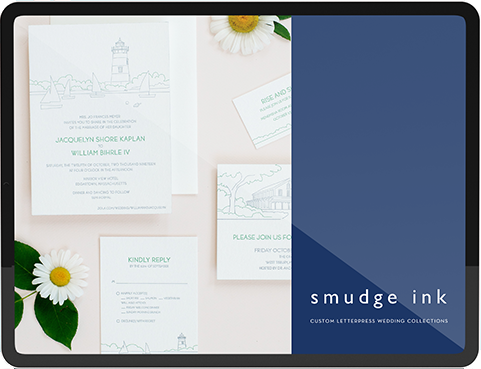
Get the complete Wedding Stationery Etiquette & Wording guide
All you have to do is subscribe to our newsletter and our comprehensive Wedding Stationery Etiquette and Wording Guide is yours! Here’s what’s included in our 18-page guide:
- wording examples for save the dates, invitations, and reply cards
- formal and traditional recommendations
- how to address common familial variations
Don't see a form? Contact Smudge Ink info@smudgeink.com to receive our Wedding Etiquette Guide
Looking for more details?
We love working on custom projects!
We love working with couples to create the perfect wedding suite. You can choose from our semi-custom suites or we can work together to create something completely unique for you!
Learn MoreThank you ever so much
Stock up on your favorite cards so you'll always be ready to send a note of gratitude.
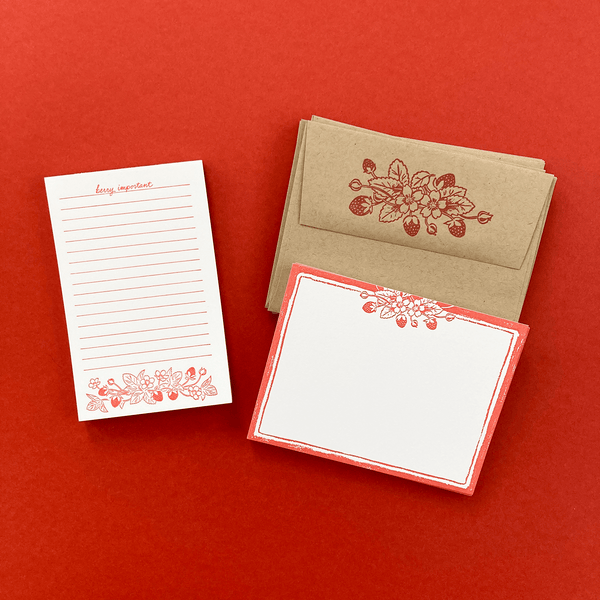
Strawberry Gift Set
$ 28.00
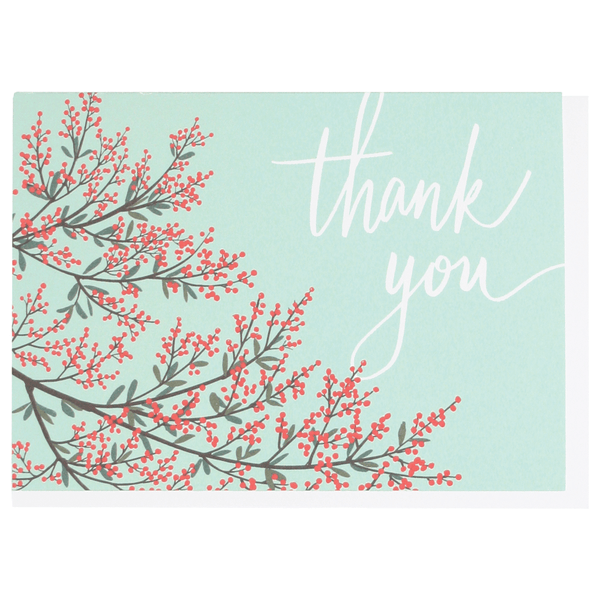
Red Berries Thank You Note Card
from $ 5.00
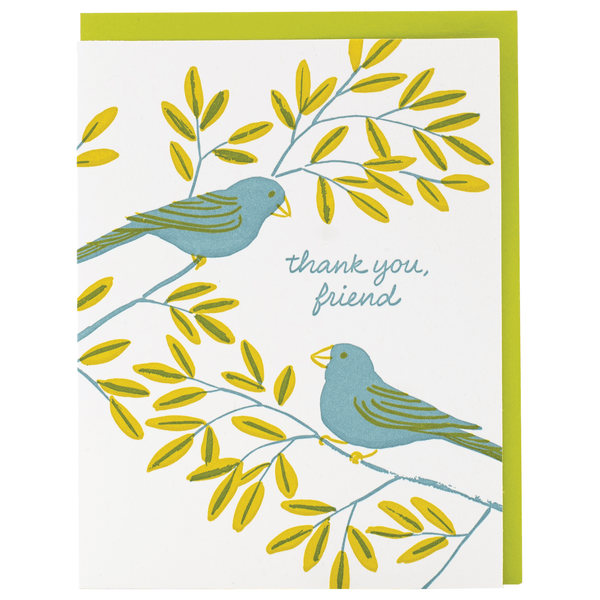
Little Birds Thank You Card
from $ 5.50
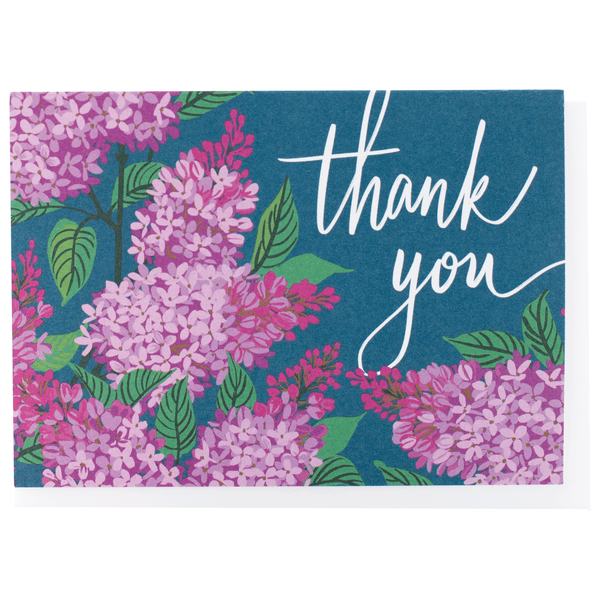
Lilacs Thank You Note Card
from $ 5.00
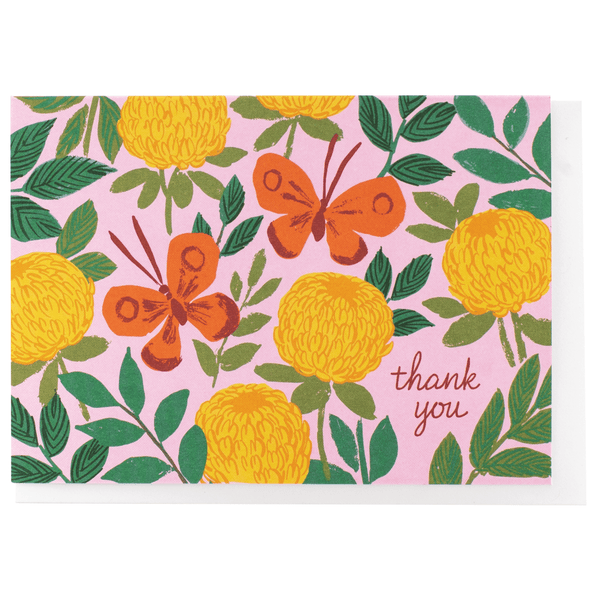
Mums Flutter Thank You Note Card
from $ 5.00
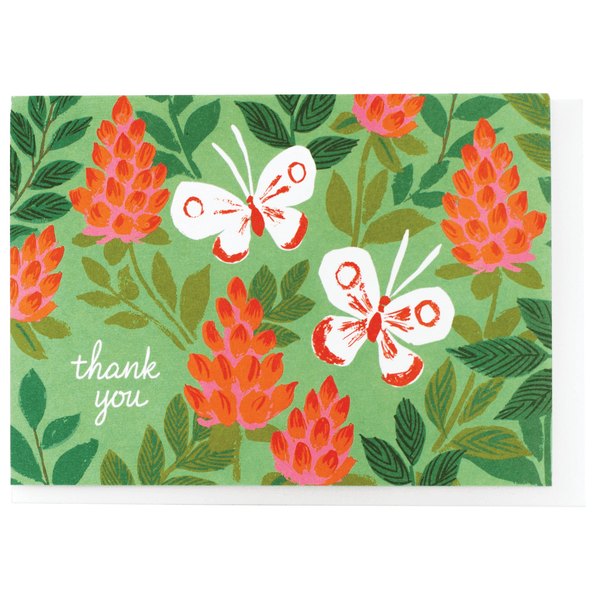
Sumac Flutter Thank You Note Card
from $ 5.00
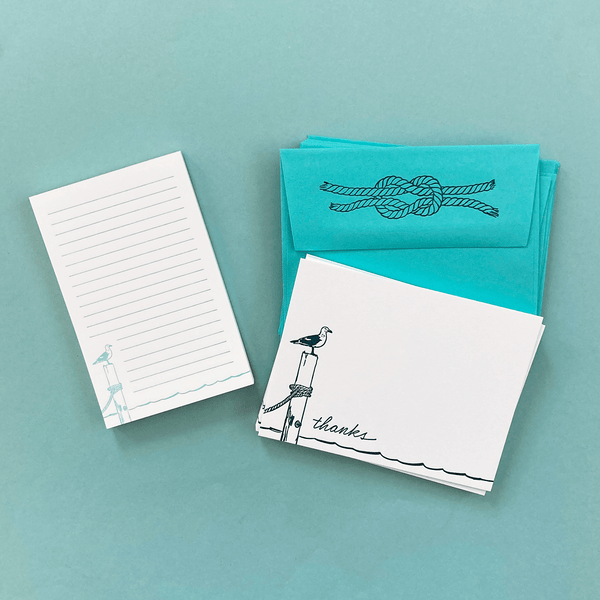
Seagull Gift Set
$ 28.50



